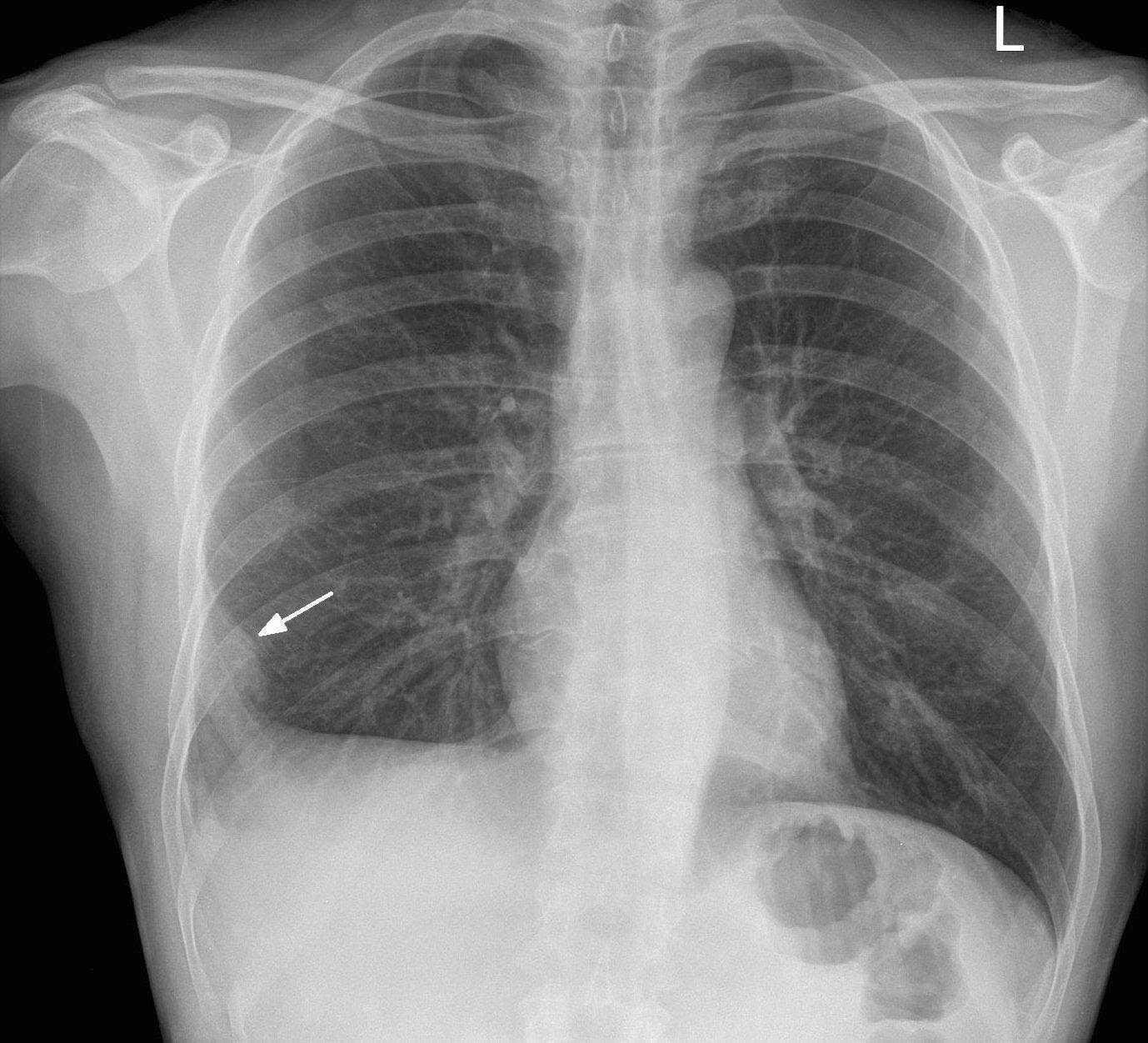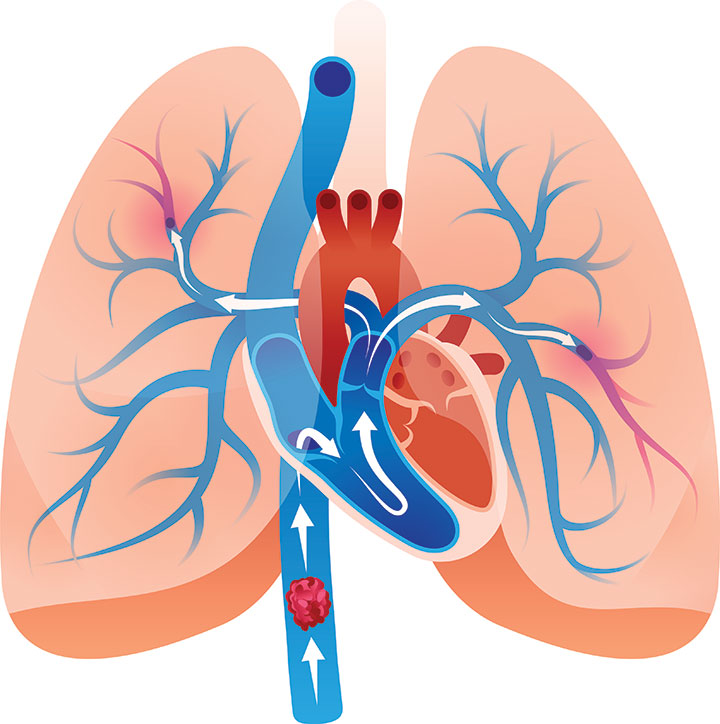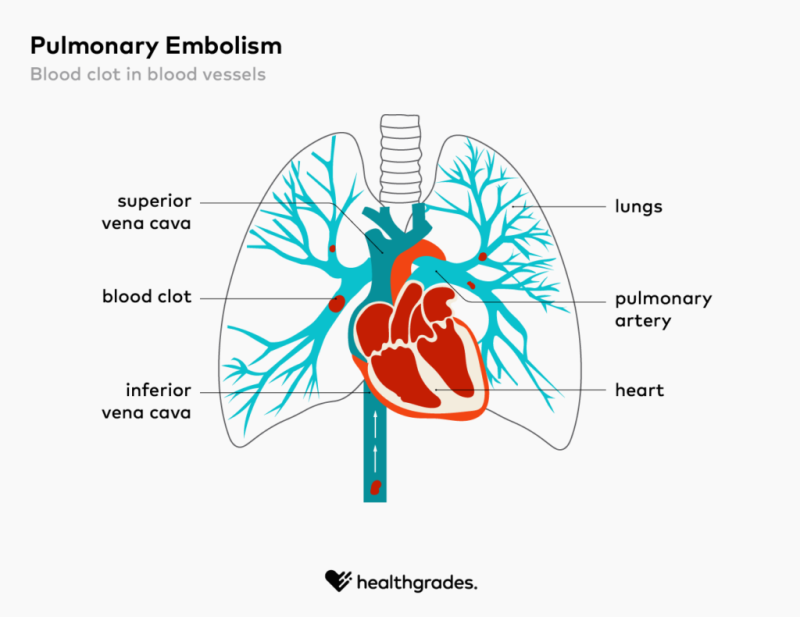Pulmonary embolism
There are measures you can take to lower. Pulmonary embolism PE is responsible for approximately 100000 to 200000 deaths in the United States each year.

Pulmonary Embolism Treatment In Denver Co Mips Cardiology Center
He is also on the faculty of medicine and a senior scientist at the Ottawa Hospital.
. Pulmonary embolism is a blockage in one of the pulmonary arteries in your lungs. Because the clots block blood flow to the lungs pulmonar See more. Pulmonary embolism is present in 60-80 of patients with DVT even though more than half these patients are asymptomatic.
Phil Wells MD MSc is a professor and chief of the Department of Medicine at The University of Ottawa. Venous means related to veins. The blood clot can form elsewhere in the body such as in.
Risk factors for pulmonary. Pulmonary embolism PE is part of a group of problems together known as venous thromboembolism VTE. This document follows the previous ESC guidelines focusing on the clinical management of pulmonary embolism PE published in 2000 2008 and 2014.
Pulmonary embolism PE is a common and potentially deadly form of venous thromboembolic disease. It usually happens when a blood clot breaks loose and travels through the bloodstream to the lungs. A pulmonary embolism is a sudden blockage in the arteries that supply blood to the lungs.
Deep vein thrombosis can increase a. This information is for people who have been. Pulmonary embolism is a common diagnosis and can be associated with recurrent venous thromboembolism bleeding due to anticoagulant therapy.
Pulmonary embolism PE is a common and potentially life threatening condition that doctors categorize as acute subacute or chronic. With a diverse range of clinical presentations from asymptomatic to. Its the most accurate way to diagnose pulmonary embolism but.
A pulmonary embolism PE is a sudden blockage in a lung artery. Pulmonary embolism PE is the occlusion of pulmonary arteries by thrombi that originate elsewhere typically in the large veins of the legs or pelvis. It is the third most common cause of cardiovascular death and is.
We also explain how pulmonary embolism is diagnosed and treated and what you can do to prevent having a pulmonary embolism. A pulmonary embolism often happens when part of the blood clot dislodges itself from your leg and travels up to your lungs causing a blockage. Pulmonary embolism is the third most common.
With symptoms that resemble many other medical. In most cases pulmonary embolism is caused by blood clots that travel to the lungs from deep veins in the legs or rarely from veins in other parts of the body deep vein thrombosis. Pulmonary embolism a blockage in the lung artery is a life-threatening medical emergency that requires quick intervention and treatment.
It is caused by one or more blood clots. This test provides a clear picture of the blood flow in the arteries of your lungs.
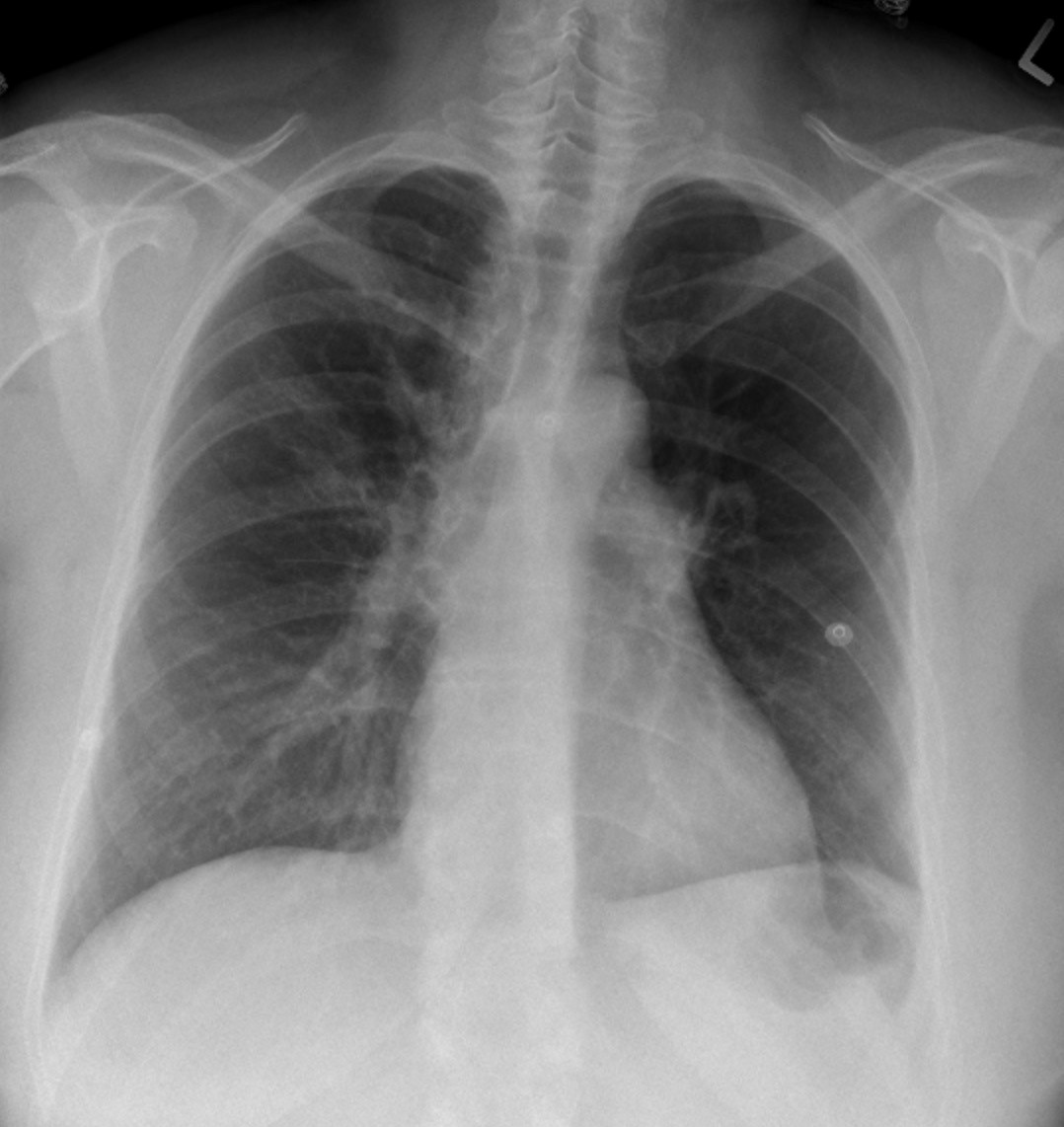
Pulmonary Thromboembolism Undergraduate Diagnostic Imaging Fundamentals

Overuse Of Ct Scans For Suspected Pulmonary Embolism Persists Tctmd Com
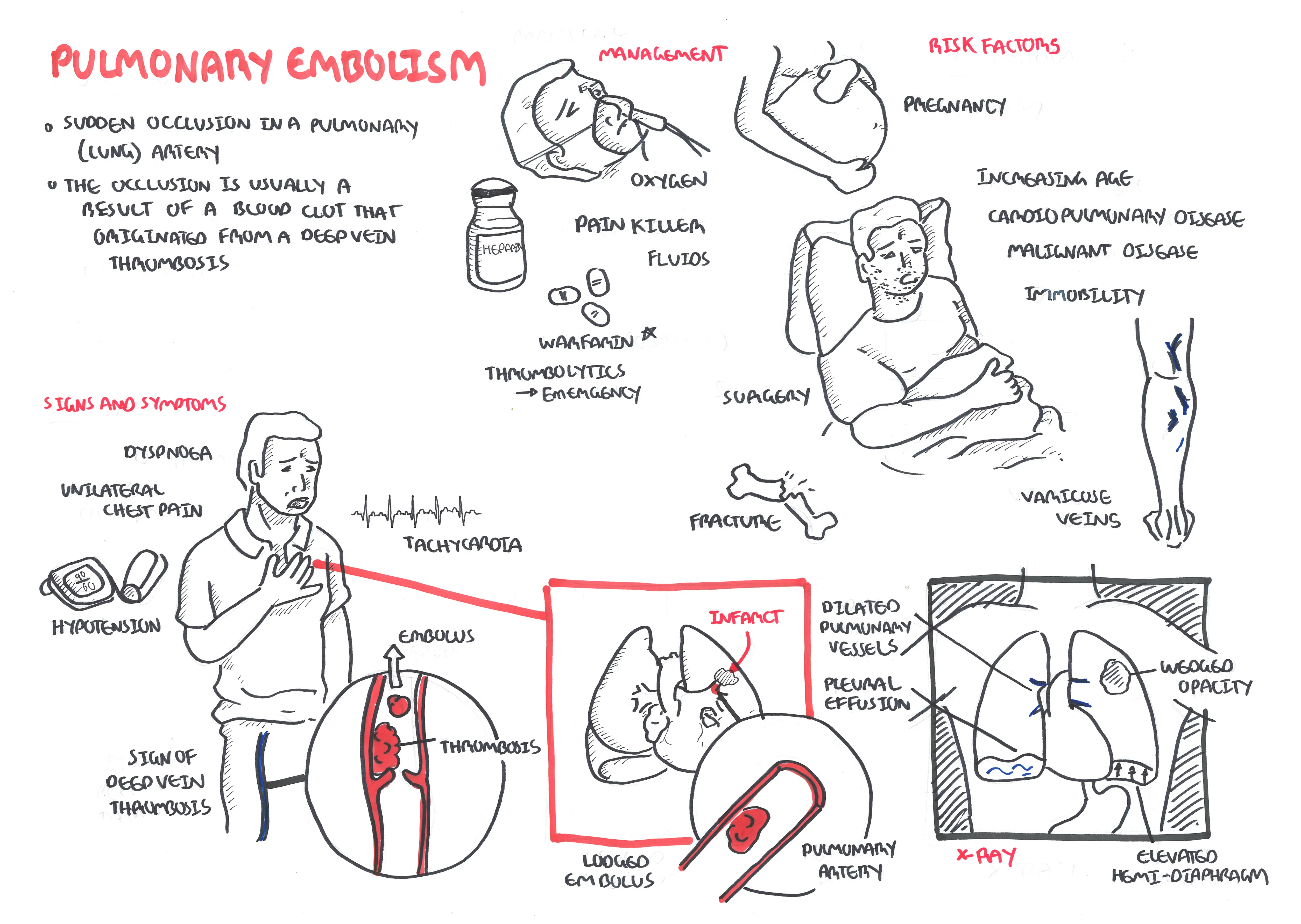
Pulmonary Embolism Armando Hasudungan
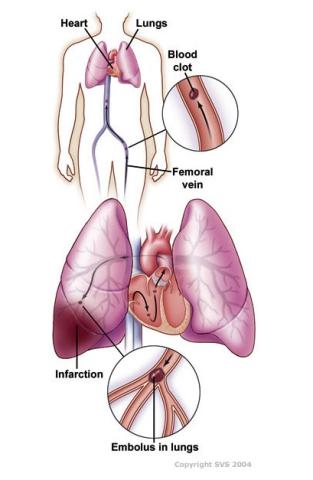
Pulmonary Embolism Society For Vascular Surgery

Pulmonary Embolism Radiology Reference Article Radiopaedia Org

Multidisciplinary Pulmonary Embolism Response Teams Circulation

Prevention Of Dvt And Pulmonary Embolism Avis Hospitals
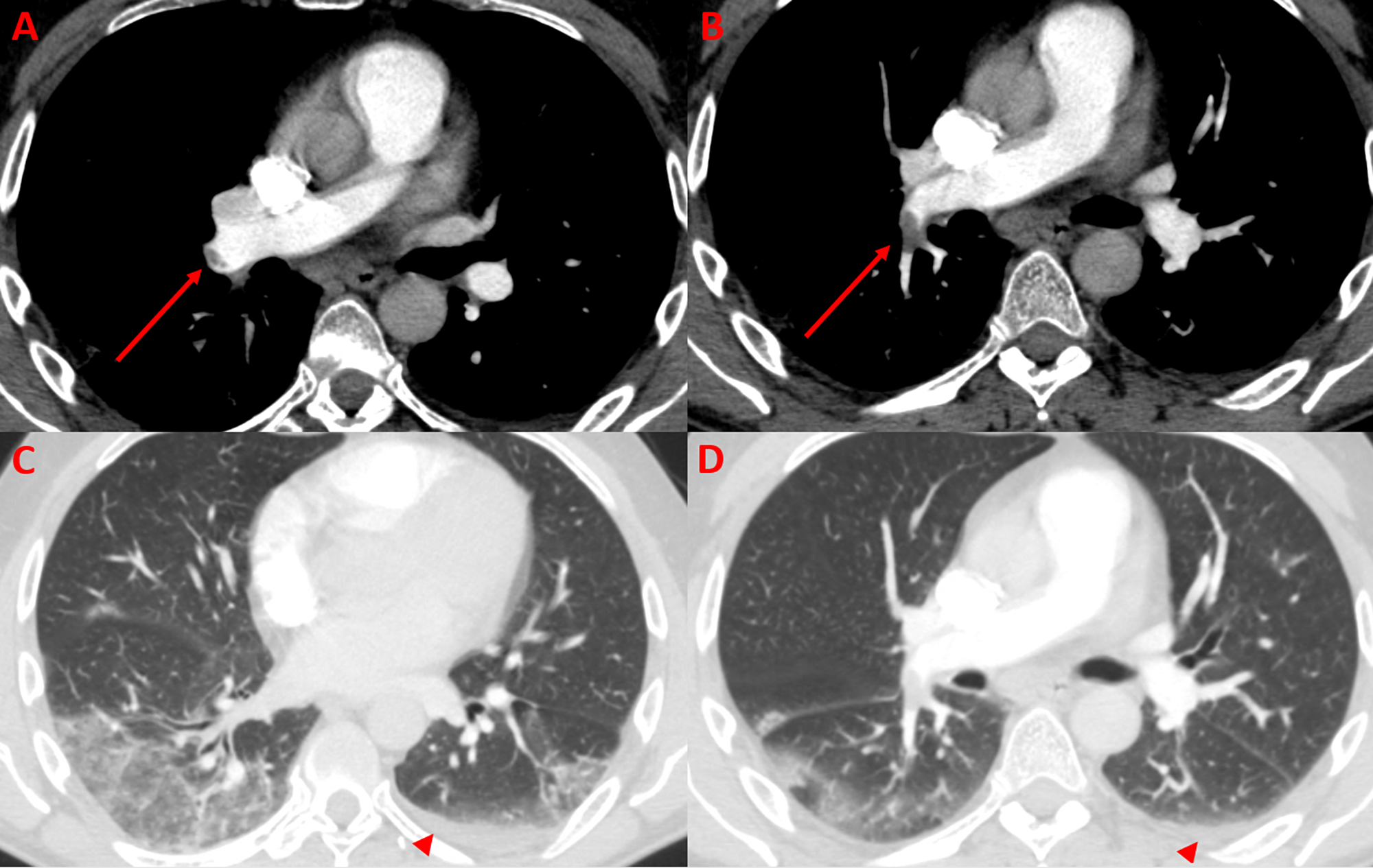
Cureus Coronavirus Disease 2019 Covid 19 Associated Thromboembolic Disease A Report Of Three Patients With Pulmonary Embolism

Severe Acute Proximal Pulmonary Embolism And Covid 19 A Word Of Caution The Annals Of Thoracic Surgery
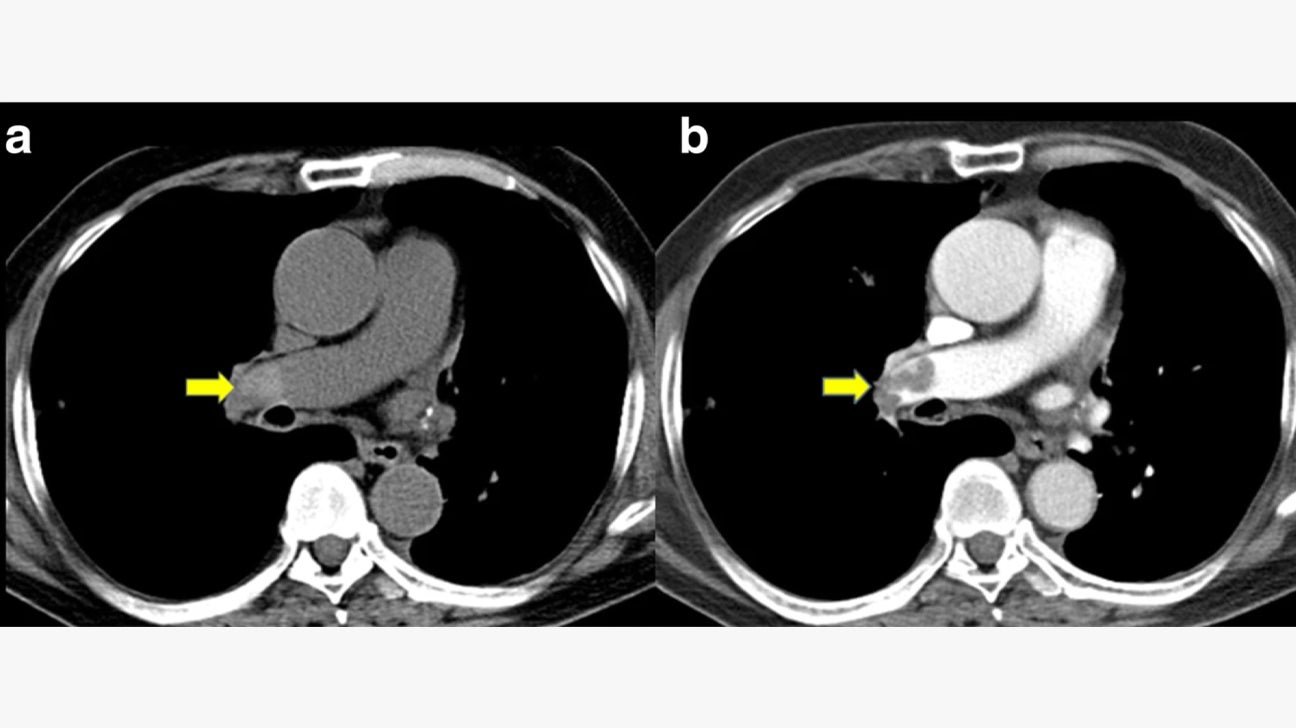
Ct Scans For Pulmonary Embolism
/pulmonary_embolus_symptoms1-5ae1f414a474be00366ff6ae-a99bdb7a4e074568924d73da77ede765.png)
Coping With Pulmonary Embolism
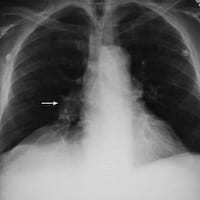
Cxr Eponyms In Pulmonary Embolism Litfl Medical Eponym Library

Pulmonary Embolism And Deep Vein Thrombosis Circulation

Pulmonary Embolism Symptoms Causes Risk Factors
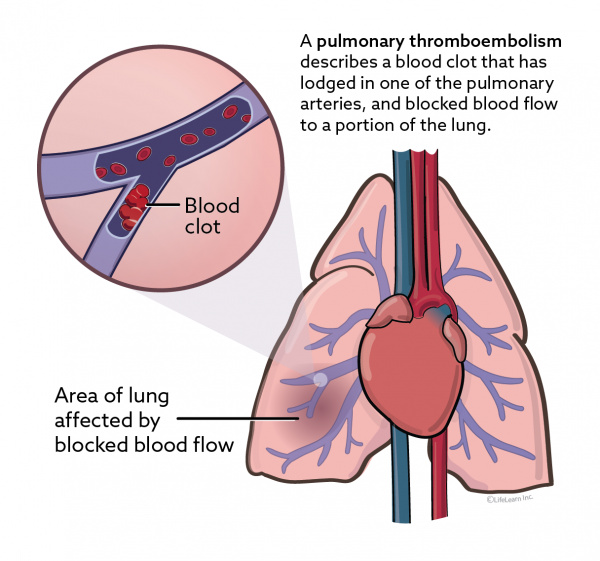
Pulmonary Thromboembolism Blood Clots In The Lungs In Dogs Vca Animal Hospital
Pulmonary Embolism Baylor Scott White Health
